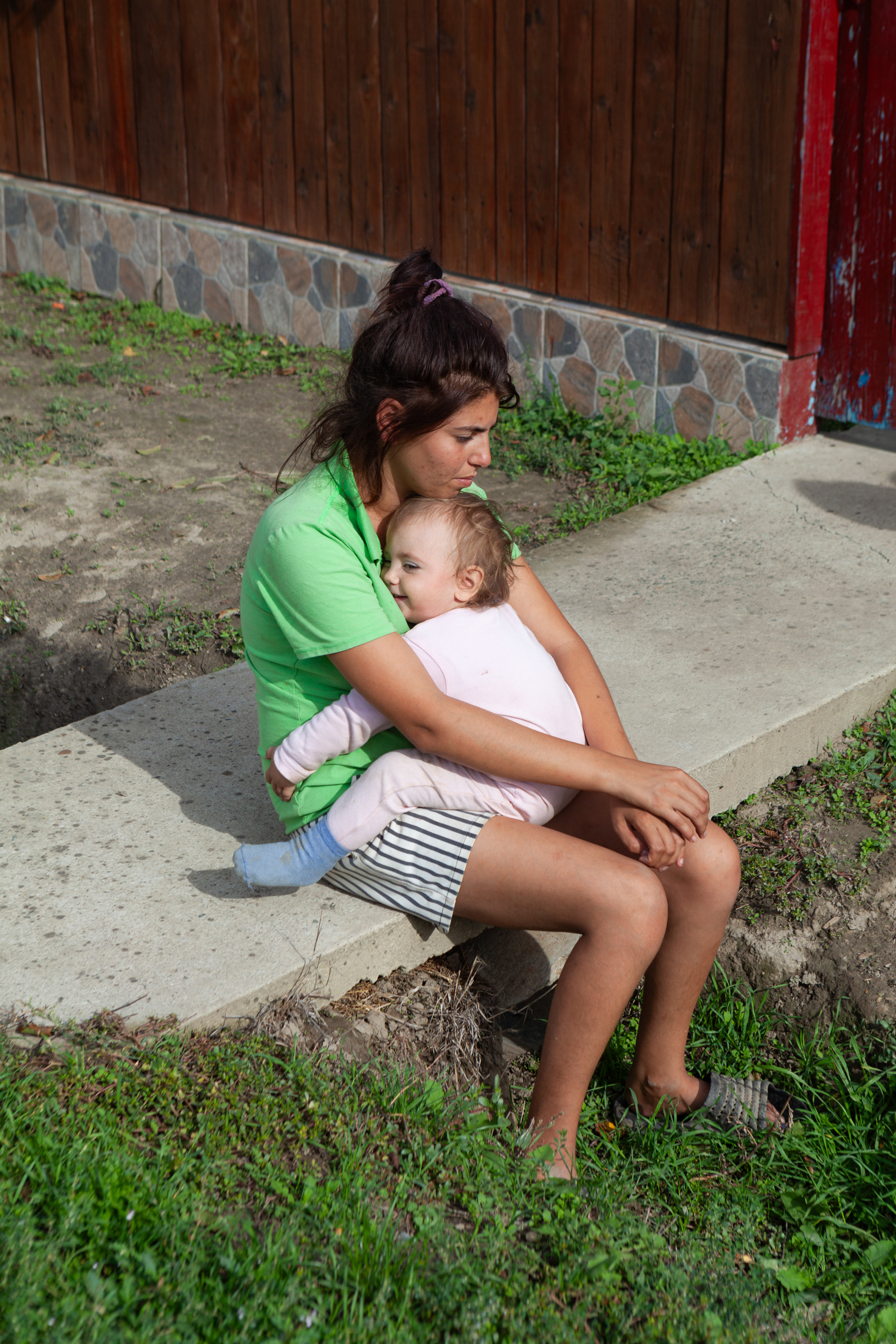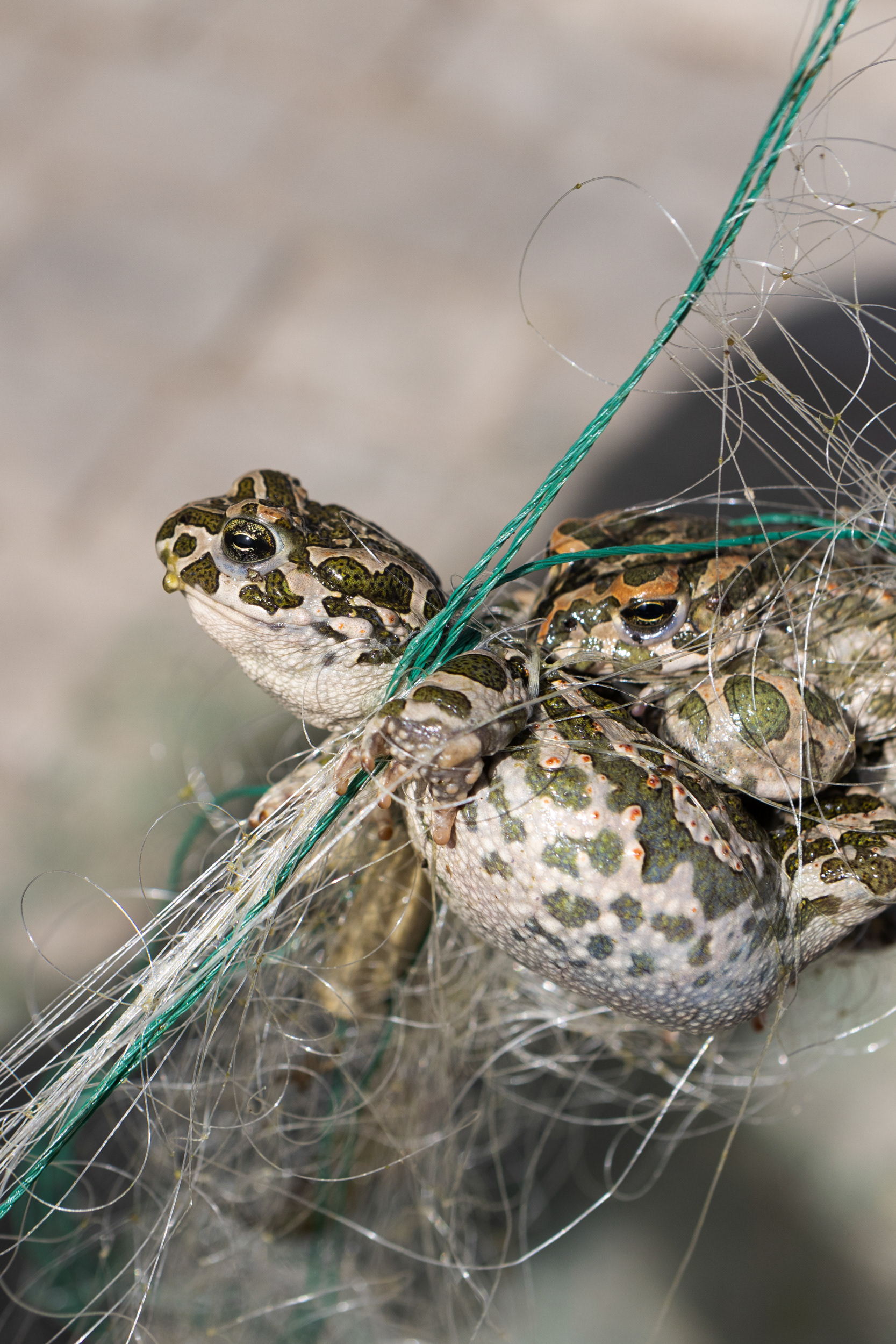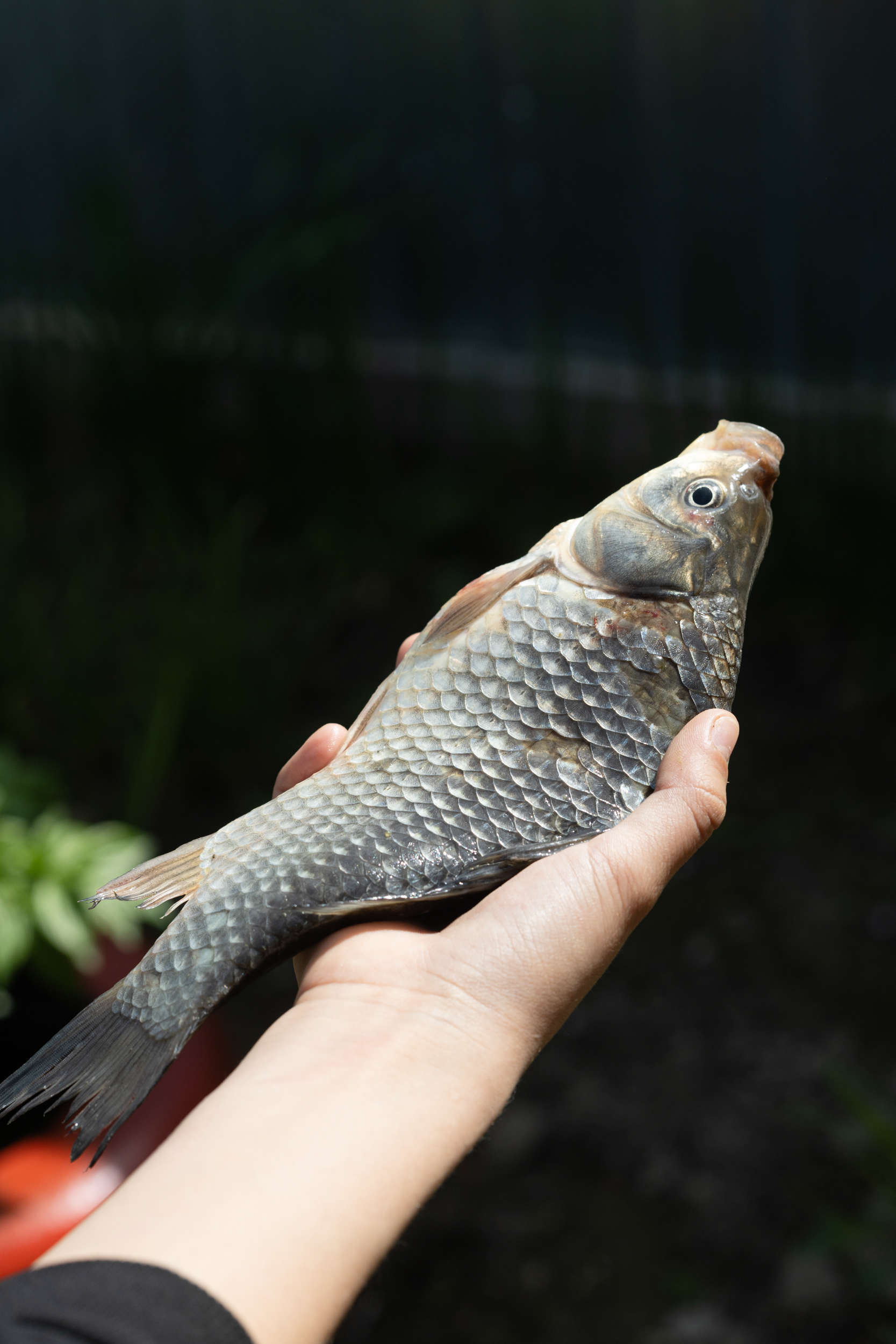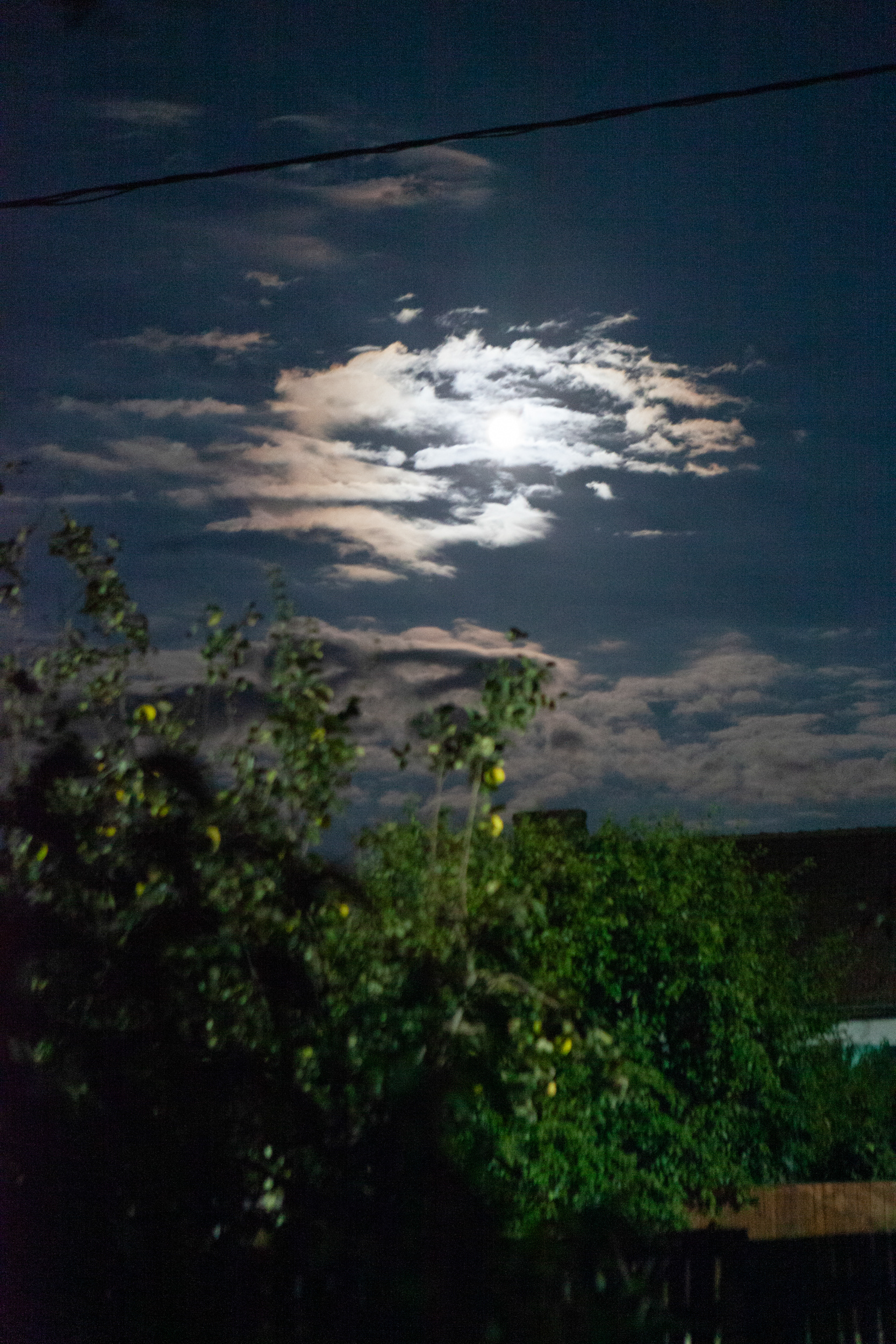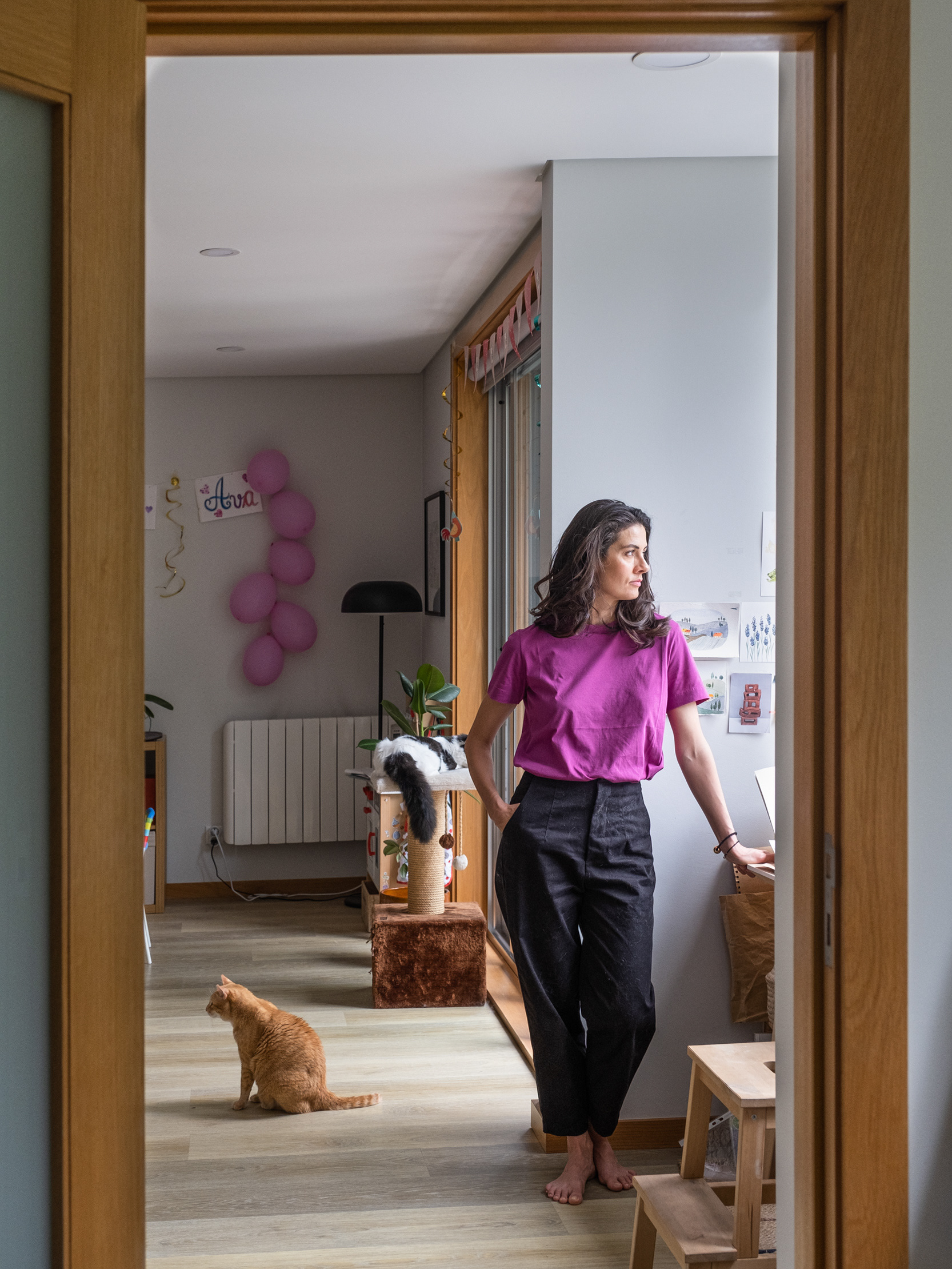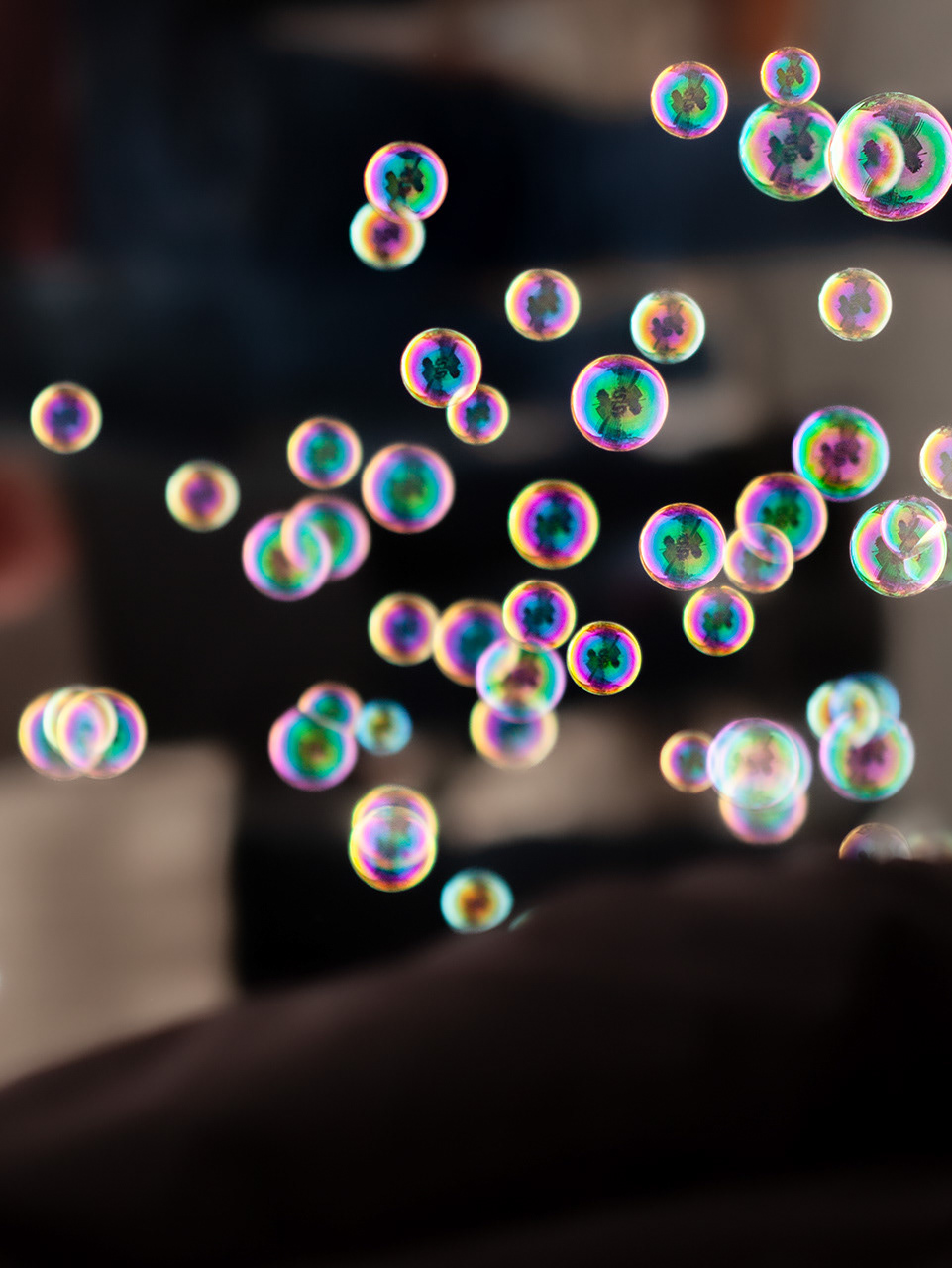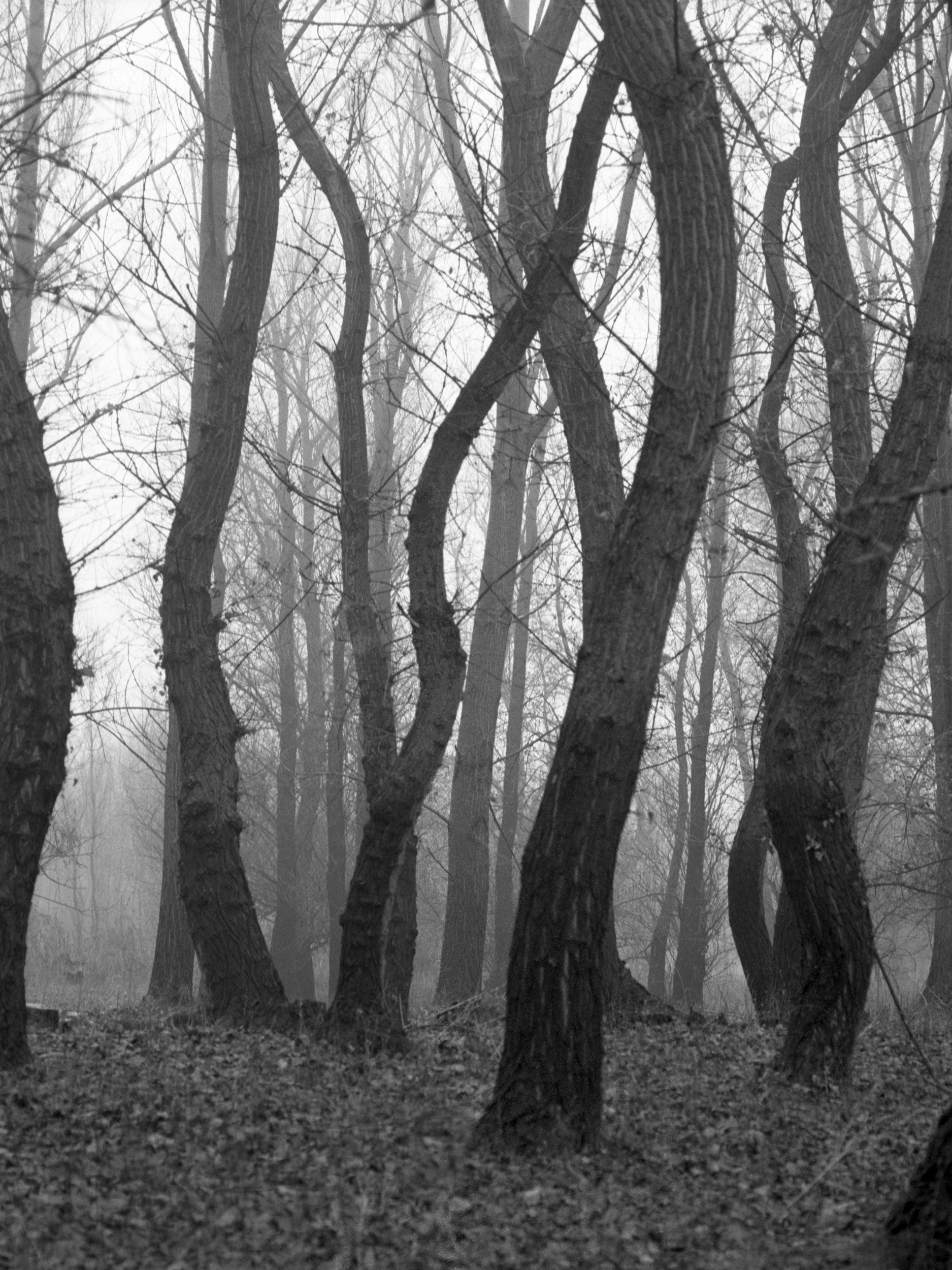Before the communist period in Romania, Balta Brăilei was nothing more than a vast wetland of 710 km², surrounded by two branches of the Danube and home to an extremely rich ecosystem, with unique flora and fauna. In the early 1950s–1960s, the communist regime transformed this natural paradise into an area intended for intensive agriculture - Insula Mare a Brăilei (Great Island of Brăila), a large island with more than 680 km² of farmland.
The construction of dikes, the draining of the marshes, and the systematic cutting of reeds were carried out through forced labour, with hundreds of political prisoners deported from all over the country and kept in concentration camps in the area, until the works were completed in 1968.
The construction of dikes, the draining of the marshes, and the systematic cutting of reeds were carried out through forced labour, with hundreds of political prisoners deported from all over the country and kept in concentration camps in the area, until the works were completed in 1968.
Today, the only living memory of the atrocities of the communist regime is Salcia, one of the former communist concentration camps. In this place remain only a few ruins, now used as animal stables, along with some buildings that meanwhile converted into homes, occupied both by local residents and by people from other regions of the country who came to work in agriculture.
The people who live here form a community of about 25 families, each with its own story or shared histories. Most of them work in agriculture, some are small entrepreneurs, and all share as hobby the fishing in the waters of the Danube or in adjacent canals. They live along the only street that has been paved few years ago, take care of their gardens and improve with dedication the houses they inherited from the communist regime.
The people who live here form a community of about 25 families, each with its own story or shared histories. Most of them work in agriculture, some are small entrepreneurs, and all share as hobby the fishing in the waters of the Danube or in adjacent canals. They live along the only street that has been paved few years ago, take care of their gardens and improve with dedication the houses they inherited from the communist regime.
Situated right on the banks of the Danube, about 3 - 4 km from the neighbouring villages, painted in white on winters, accompanied by the croaking of frogs on summer nights and abundantly invaded by mosquitoes, this place remains unique, both for its dark past and for its ability to build a new social identity, as a result of resilience and adaptation.
This is where I grew up.
